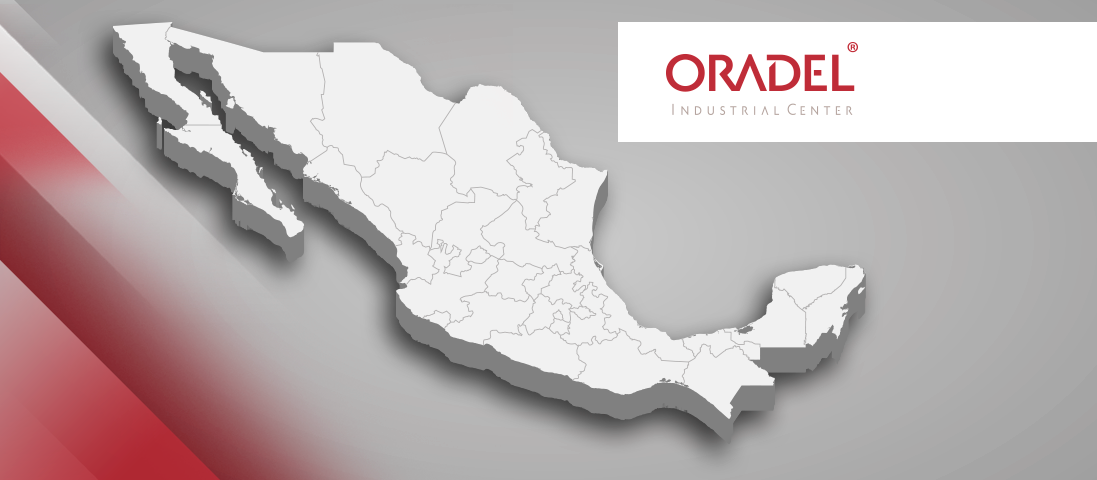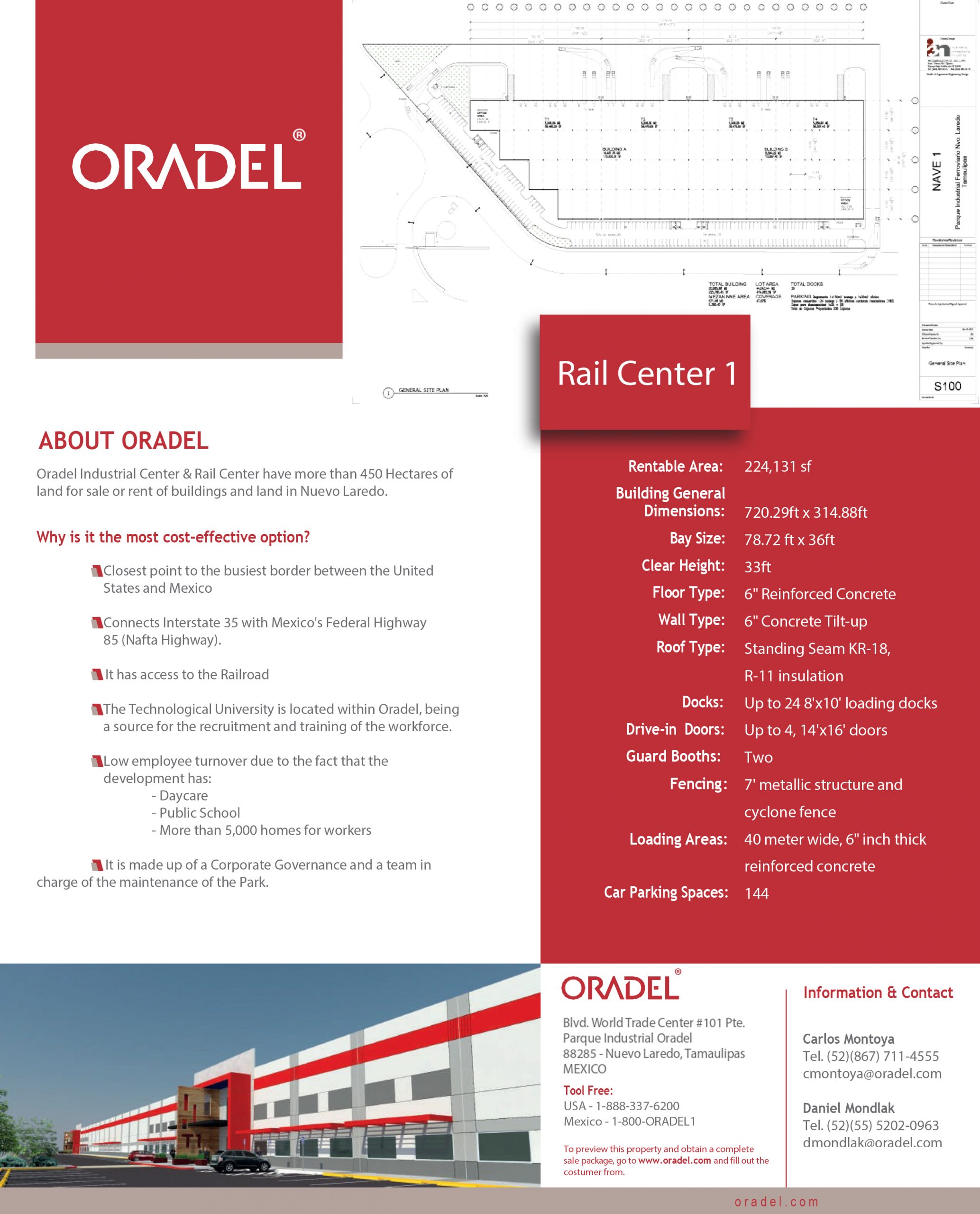USMCA will contribute to the recovery of regional economies

The economy might not recover until 2024
11 November, 2020
The IMF forecasts a lower GDP contraction in the Mexican economy
14 December, 2020
USMCA will contribute to the recovery of regional economies
The USMCA and the reactivation of consumption in the United States will contribute to the recovery of exports in Mexico’s regional economies.
Daniel Chiquiar Cikurel, the General Director of Economic Research at the Bank of Mexico (Banxico), said that after the disruption caused by the COVID-19 pandemic, the United States-Mexico-Canada Agreement (USMCA) and the recovery of Mexico’s main trading partners will benefit the country’s foreign-market-oriented regional economies.
Furthermore, he believes that institutional and structural problems need to be solved in order to support the recovery of regional economies and create a widespread recovery in investment.
The Bank of Mexico’s Regional Economic Report for April-June 2020, contains a series of analyses prepared by a group of entrepreneurs, which review the areas of opportunity that the USMCA brings each of Mexico’s economic regions.
The entrepreneurs consulted by Banxico agree that there will be economic recovery over the next 12 months; however, there should be support and incentives given to industries, primarily to maintain employment.
The Central Region
The Central region (Mexico City, Hidalgo, Guanajuato, Estado de México, Morelos, Puebla, Querétaro and Tlaxcala) hopes that the reactivation of consumption in the United States will contribute to the recovery of regional exports; however, the USMCA could boost this recovery, as its guidelines establish higher regional content requirements.
Another factor is the political and trade tensions between the United States and China, which may further favor Mexican exports to the U.S. market.
According to Banxico’s report, the gradual recovery of transport equipment exports to the United States, Europe and Central America, as well as the reopening of the automotive industry in this region, may contribute to the reactivation of the economy in some areas of the region.
The Southern Region
In the southern region (Campeche, Chiapas, Guerrero, Oaxaca, Quintana Roo, Tabasco, Veracruz and Yucatán) it is expected that both the entry into force of the USMCA and the gradual recovery of global economic activity will contribute to the expansion of exports.
In addition, the USMCA provides greater certainty for investments and provides for an increase in exports of fruit, coffee, sugar and livestock products, as well as an increase in the demand for oil in the global market, which would be reflected in higher prices for this fuel.
The Northern Central Region
The Northern Central region (Aguascalientes, Baja California Sur, Colima, Durango, Jalisco, Michoacán, Nayarit, Sinaloa, San Luis Potosí and Zacatecas), which specializes in the export of agricultural products, will benefit from the entry into force of the USMCA.
The Northern Region
The Northern region (Baja California, Chihuahua, Coahuila, Nuevo León, Sonora and Tamaulipas), which is export-oriented and specialized in the manufacturing industry, will also benefit from the USMCA.
Specifically, in this region, the dependence on the manufacturing and automotive sectors is a decisive part of the decline of economic indicators, seen as manufacturing fell by 25.6%, while overall economic activity fell 19.3% from April to June. In addition, construction, both public and private investment, fell by 21.5%, mining by 19.2% and tourism by 82%.
Without a doubt, the Northern area of Mexico is considered the most affected economically; however, it has an advantage over the rest of the regions as it has the highest exports and the most ties to the world economy, especially to the United States and Canada. Therefore, the USMCA will contribute to the economic recovery of the area.
Even though economic reactivation began after May, the month in which the Federal Government established the mining, construction and automotive industries as essential, it took between 15 days and a month for production start up again, during which time they adopted new health protocols and waited for inputs from suppliers. In addition, these industries were affected by a lack of orders, mainly from the United States and Europe.
The business executives who were interviewed for Banxico’s report pointed out the current risks to regional economic growth, highlighting the following:
- Extension or escalation of social distancing measures in the face of an increase in outbreaks, and its consequent impact on economic activity and public safety indicators.
- A slow recovery of employment levels, and the continuation of an environment of domestic uncertainty that has affected the attraction of investments.
- Limitations in the construction sector due to the partial or total suspension of activities by the public agencies that regulate and provide the services necessary for development in the housing industry in the different states in the region.
In view of the above, it is necessary to implement measures to reduce the spread of the pandemic, and incentives to protect employment and production plants.
Moreover, in the commercial sector, the Northern region of Mexico went through an economic downturn and job losses due to lower consumption, as the temporary closure of non-essential activities decreased the number of customers in establishments such as convenience and grocery stores.
In addition, this region is known for its business and regional tourism, which virtually disappeared, as in the rest of the country, during the first few months of the pandemic.
Banxico’s report concludes that, due to external factors and with the expectation that the world economy, and in particular the United States, will start to recover, the Northern region will be able to increase exports in manufacturing, machinery, equipment, and electronic and transport goods. Entrepreneurs expect that the resumption of activities in the global automotive sector and the introduction of production lines for new vehicle models will contribute to the recovery of the transport sector in particular.
Oradel Industrial Center, located in Nuevo Laredo, Tamaulipas, contributes to the growth of the country’s regional economies. It offers inventory and “built to suit” industrial buildings to international companies looking to establish their manufacturing operations in Mexico.





